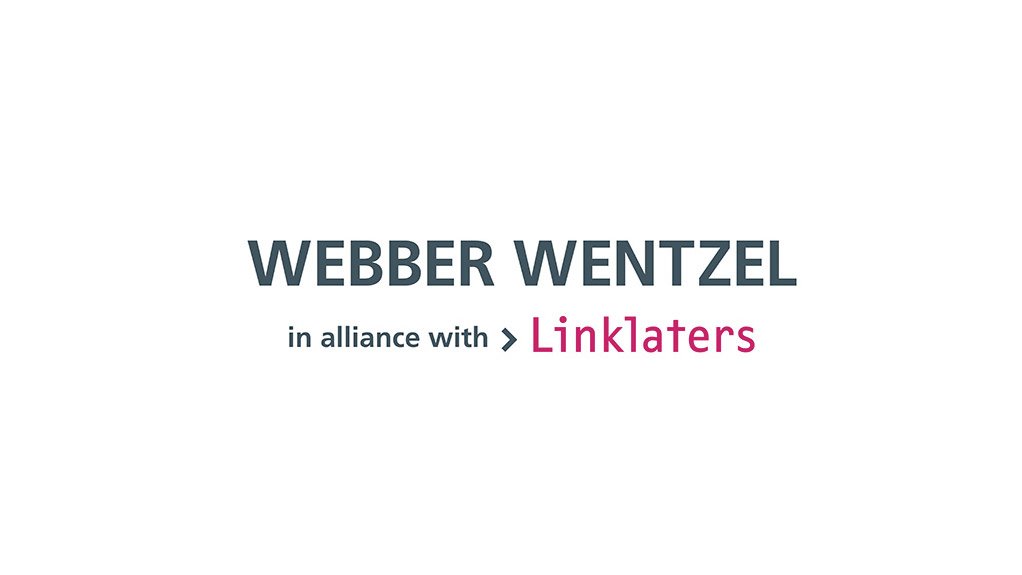On 18 April 2024, the South African Reserve Bank (SARB) published its digital payments roadmap. The document entitled Digital Payments Roadmap: Towards Inclusive, Accessible, Effective and Sustainable Digital Payments in South Africa, sets out a 17-action item plan that the SARB has for tackling identified obstacles, barriers and challenges to the adoption of an increase and effective use of digital payment in South Africa. This Roadmap follows from the National Payment System Framework and Strategy Vision 2025: Action Plan published in March 2018.
The benefits of digital payments are identified to be safety, convenience, cost-effectiveness, women empowerment, business opportunities, and transparency.
The obstacles and challenges that need to be addressed to achieve South Africa's goal of being a country that relies mostly on digital payments are:
- low bank account usage
- high cash usage
- transactional costs
- infrastructure
internet access and usage in South Africa)
mobile access and mobile payments
electricity cuts
legacy systems
lack of interoperability
limited access points
financial and digital illiteracy
government payments (ie grant payments)
security concerns (ie fraud, identity theft and loss of money)
- regulatory framework
An overarching challenge that needs to be overcome is consumer trust in digital payments. A lack of trust influences how consumers adopt and interact with digital platforms.
The 17 action items to be rolled out in collaboration with other identified stakeholders over the next two years are:
- Education: Develop and implement digital payment literacy or an educational and awareness strategy and programmes targeted at consumers (including the youth, women and Southa African Social Security Agency (SASSA) grant beneficiaries), government and businesses (including Micro, Small, and Medium Enterprises -MSMEs) and disabled persons.
- Reliable internet and mobile network coverage: Provide stable, reliable internet and mobile network coverage to the rural areas, underserved communities, MSMEs (including spaza shops), townships, churches, schools, hospitals, SASSA pay points and cash-intensive sectors, particularly the agricultural (farms) and transport sectors.
- Energy sources: Leverage alternative sources of energy such as solar, generators, uninterruptible power supplies (UPSs), inverters and power banks.
- Offline payments: Enable offline payment functionality for low-value payments.
- Distribution network: A payment services distribution network (agency model) should be enabled and expanded.
- Interoperability: Enable and facilitate the interoperability between the current closed-loop store of value/wallets, mobile money/e-money and remittances (ie retailer, mobile and bank wallet services and remittances) and the interoperability of wallets with bank accounts.
- Alternate merchant options: Engage stakeholders in the exploration of alternative merchant payment options (e.g. PayShap)
- Digital identity: Facilitate public-private sector collaboration to develop and deliver digital financial identity solutions in South Africa.
- Card payments: Provide alternative affordable digital payment methods to card payments (e.g. mobile money, e-money) and acceptance devices to MSMEs.
- Digitisation of payments across sectors: Facilitate the digitisation of payments such as farm workers’ salaries, payments for the transportation and selling of produce, and the purchasing of seeds, fertiliser and other related supplies in the agricultural sector.
- Digitisation of the transportation sector: Facilitate the digitisation of short and long-distance taxi payments, such as the use of QR codes, contactless card payments, pay by proxy and request-to-pay.
- Digitisation of school service payments: Digitise school service payments, including payments at tuckshops. Develop innovative offerings and apps to enable parents to pay school fees and send money to pupils (e.g. lunch money).
- Youth voice: Provide youth-friendly innovative digital payment methods and services to enable digital micro-payments and peer-to-peer payments. Integrate youth voices in digital payments policymaking.
- Women: Develop and target digital payments literacy programmes for women, particularly poor rural women.
- Government services: Digitise person-to-government and government-to-person payments end to end (first and last mile).
- Central bank digital currencies (CBDCs): The SARB should further explore the feasibility of digitising money/cash through the issuance of retail CBDCs and use cases for a wholesale CBDC.
- Stablecoins: Accelerate the selection and testing of stablecoins use cases in the regulatory sandbox.
The SARB acknowledges that certain of the items may require further research and assistance from other government departments and stakeholders. The path has, however, been set and the desire is for all relevant stakeholders to jump on board the digital road trip.
Read the more about SARB Digital Payments Roadmap.
Written by Lerato Lamola, Partner at Webber Wentzel
EMAIL THIS ARTICLE SAVE THIS ARTICLE ARTICLE ENQUIRY
To subscribe email subscriptions@creamermedia.co.za or click here
To advertise email advertising@creamermedia.co.za or click here











